Bronze Age Shipwrecks in the Mediterranean Sea
Development of Mediterranean sea trading networks during the Bronze Age
Using the cargoes from Bronze Age wrecks to illustrate the expansion of trade routes and connections to and from the Mediterranean Sea.
By Nick Nutter on 2023-11-26 | Last Updated 2025-05-20 | Bronze Age Shipwrecks in the Mediterranean Sea
This article has been visited 5,158 times

Location of Bronze Age shipwrecks in the eastern Mediterranean Sea
Bronze Age Shipwrecks
It should be mentioned that the shipwrecks so far discovered are only a few of the shipwrecks that undoubtedly occurred and that for every wreck there would have been hundreds of successful voyages.
It should also be mentioned that, just because one object from a particular place is found on a wreck does not necessarily mean that ship picked up that object at source. In fact, it is becoming increasingly clear that, from the earliest days of maritime exploration in the Mediterranean, there was a thriving coastal trade where objects were transported great distances via many shorter voyages.
It is also becoming clear that the maritime trade routes cannot conveniently be labelled Minoan, Etruscan, or any other 'an. At any one time, ships of many nationalities, carrying crews from many nations were carrying cargo from and between trading posts, colonies, and later emporia regardless of the ship's home port, the crew's nationality or the country of destination.
The remains of shipwrecks, particularly their cargoes, allow us to identify trade connections between various places. Unlike excavations on land where objects could have been deposited over a period of time, obfuscating the relationships between them, when a ship sinks, large groups of objects are deposited together in one place and all at the same time. At the precise moment of sinking, all the objects on a shipwreck have a relationship with each other.
The trade goods so far found in wrecks must represent just a tiny fraction of the merchandise that was constantly on the move in the Mediterranean.
Do you enjoy my articles? For your reading pleasure, this website does not carry third party ads. You could help me write more articles by buying me a cup of coffee.
Middle and Late Bronze Age Shipwrecks
This article looks at the two dozen or so discovered wrecks dating from about 2200 BC to about 1200 BC, a thousand years conveniently spanning what is conventionally referred to as the middle and late bronze ages in the eastern Mediterranean. The shipwrecks we shall look at are:
1. the Dokos shipwreck about 2200 BC
2. the Pseira shipwreck between 1725 and 1675 BC
3. the Antalya Kumluca shipwreck between 1600 and 1500 BC
4. the Uluburun shipwreck between 1335 and 1305 BC
5. the deep sea wreck off the Israeli coast about 1300 BC
6. the Point Iria shipwreck of about 1200 BC
7. the Modi Island shipwreck c 1200 BC
8. the Cape Gelidonya shipwreck of about 1200 BC
9. the 22 Carmel coast shipwrecks spanning the entire period
1. The Dokos Shipwreck


Helladic flask from the Dokos
Our earliest shipwreck, the Dokos, sank just off the coast of the Argolid peninsula, southern Greece in Skindos Bay on the island of Dokos in the Aegean Sea about 2200 BC. It was carrying ceramics of the Early- Helladic II type (2500 to 2200 BC), grinding wheels, lead, and obsidian blades.
The ceramics likely originated in Askitario in Attica, about 50 kilometres away across the Saronic Gulf, the Argolid peninsula just a few kilometres north of Dokos Island, Boetia on the northern coast of the Gulf of Corinth or the Cyclade islands 100 to 200 kilometres to the east. The latter would also be convenient for the potential source of the obsidian, Antiparos, one of the Cyclade islands.
Alternatively, the obsidian could have come from the small island of Milos, 120 kilometres southeast of Dokos. The lead could have come from Lavrion, which is only 30 kilometres south of Askitario in Attica.
Examples of Early-Helladic II pottery have also been found as far away as Knossos in Crete, Lefkas in the west, Thessaly, and on Ios and Keos in the Cyclades.
2. The Pseira shipwreck


Pseira Island
Some 500 years later, between 1725 and 1675 BC, the Pseira shipwreck occurred off the islet of Pseira in Mirabello Bay, East Crete. Pseira was a small island with few resources and its population depended on outside support to survive. In return they became known for producing fine vases from the distinctive dark green serpentine found on the island.
The Pseira cargo includes the largest known corpus of complete and almost complete clay vessels from a single Middle Minoan IIB deposit. To date, some 209 ceramic vessels have been raised, about 80 of which are nearly whole and clearly identifiable as types of amphoras and large jars that would have transported liquids, possibly wine and olive oil, though no residues remain. The type of clay from which the cargo was made, indicated that the ceramic vessels came from two sources on the east coast of Crete.
A handful of artifacts, including cooking pots, jugs, a few cups, and fishing weights, likely belonged to the ship's crew.
3. The Antalya Kumluca shipwreck
The Antalya Kumluca ship is thought to have sunk between 1600 and 1500 BC based on the pillow or 'bun' shape of some of the 1.5 tons of copper ingots found on the wreck. Researchers were able to determine that the copper were taken from mines in Cyprus, and then moulded in the 15th or 16th centuries BC. A bronze dagger with silver rivets links the wreck to the Minoan civilisation of Crete or Mycenaean Greeks who are thought to have arrived on Cyprus about 1500 BC to take advantage of the rich copper mines. The Kumluca wreck was found in the same vicinity as the Uluburun and Cape Gelidonya wrecks that foundered some two to three hundred years later, about 1320 BC and 1200 BC respectively.
4. The Uluburun shipwreck


Ox hide ingots on the Uluburun
We jump forward another 200 years or so and move from the southern Greece, Cyclade islands, Crete sphere to about 10 kilometres off the coast of Uluburun, a small village in the Mugla Province of Turkey.
There between 1335 and 1305 BC, a substantial cargo vessel sank containing a king's ransom in cargo.
10 tonnes of copper in the form of 348 ox hide ingots together with 1 tonne of tin ingots.
150 Canaanite jars contained half a tonne of terebinth resin and oil. Terebinth resin was used to help prevent wine turning to vinegar and for medicinal purposes.
350 kg of blue glass ingots and an unknown quantity of fabric of which only a few red and purple threads remain.
A consignment of elephant and hippopotamus tusks and carved ivories.
Blackwood, one of the most expensive woods in the world.
Weapons included arrowheads, spearheads, maces, daggers, lugged shaft-hole axe and four bronze swords.
A large number of tools included sickles, awls, drill bits, a saw, a pair of tongs, chisels, axes, a ploughshare, whetstones, and adzes.
Miscellaneous cargo included: ostrich eggs, gold, silver and tin objects, a gold masked bronze goddess, several storage pithoi, some containing jugs, bowls and lamps, pots, mainly stirrup jars, ritual vessels made from faience, thousands of beads, amber, a stone ceremonial, musical instruments including a tortoiseshell lyre, bronze finger cymbals and an ivory trumpet, basketry, matting, rope, food plants such as olives, grapes, almond, figs, pomegranates, coriander, capers and safflower, orpiment used for tanning or dyeing, murex opercula used as a medicinal product, bone gaming pieces and fishing gear.
Finally, the tools of the merchant's trade. There were 149 balance weights divided into sets to correspond to the different standards prevalent in the eastern Mediterranean and Levant, cylinder seals and scarabs and a small folding writing board stored in a pithoi with a pristine wax surface ready to record a transaction.
The copper has been analysed and came from Cyprus, as did some of the storage pithoi.
The tin came from Anatolia and Uzbekistan.
Canaanite jars would have been manufactured on the Levantine coast.
The elephant and hippopotamus ivory came from North Africa, as did the ostrich eggs.
The ingots of blue glass were from Egypt, whilst the blackwood was found in the Sudan.
The four bronze swords were a mix of Canaanite, Mycenaean, and central Mediterranean types.
Stirrup jars were of a design found throughout the Aegean area.
Amber originated in the Baltic region whilst a stone ceremonial axe was picked up from the Danube.
5. Deep Sea Wreck off the northern Israeli Coast
The dating of this wreck is based on the design of the Canaanite jars that made up the cargo. What is important is where the wreck was discovered, in water nearly 2 kilometres deep about 90 kilometres off the northern coast of Israel, well out of sight of land. At the time the wreck sank, about 1300 BC, the Egyptians had a tight hold on their vassal city states in the Levant and 'ships of Byblos' regularly brought merchandise to Egypt that was not available in the Nile valley.
The location of the wreck is on a direct line between Byblos and the Nile Delta. Was this one of the famous 'ships of Byblos', taking the faster deep sea route to Egypt rather than coast hopping?
6. The Point Iria shipwreck


Ceramics from the Point Iria shipwreck
The Point Iria shipwreck was found off Point Iria on the southern coast of Argolis, in the Argolid Gulf in the Aegean Sea. It dates to about 1200 BC, about 100 years after the Ulburun wreck sank.
The cargo consisted of a group of eight tall, coarse, false-mouthed amphorae of the well-known Aegean type. Seven are unadorned, while the eighth bears written decoration consisting of a spiral on the disc of the pseudostoma and two bands below the shoulder. From their general appearance, their oval shape and the parallels found in mainland Greece and Crete, they date to the end of the 13th century. and they constitute the second largest set of "sea" pseudomouth amphorae known in the Mediterranean to this day, after that of the Uluburun wreck.
The clay vessels came from three regions of the Eastern Mediterranean: Cyprus (5 pithoi and 3 spouts), Crete (8 false-mouthed amphorae) and the Argolis (3 pithamphores, 2 scyphos, 1 scyphokrater, 1 amphora, and two partially preserved cooking utensils).
The eight small mouthed amphorae came from the region of central Crete, confirmed by the laboratory analyses of the clay.
Four pithoi, two jugs, a smaller juglet, and two basins, all have parallels in Cyprus.
7. The Modi Island shipwreck
Modi Island is in the Saronic Gulf, on the northeastern side of the Argolis Peninsula. The wreck location is only about 25 kilometres due east of Point Iria as the crow flies, about 100 kilometres by sea to round the peninsula. Both the Modi Island shipwreck and the Point Iria shipwreck were sailing in the same waters and at approximately the same time, about 1200 BC.
The Modi Island wreck was carrying eleven two handled jars. They all have a piriform, ovoid, or ovoid-conical body with two handles, a flat base and a collar neck similar to some found on the Point Iria wreck and some settlements in the Peloponnese. The jars were mainly contained in large transport vessels, such as pithoi and hydriae of significant volume. The hydriae are very similar to ones found from the same period at Mycenae that is situated at the north western end of the Argolis Peninsula.
8. The Cape Gelidonya shipwreck


Palestinian mortars from the Gelidonya
Of a similar age to the Point Iria wreck, 1200 BC, and found on the same coast as the Uluburun wreck, is the Cape Gelidonya shipwreck. The Cape Gelidonya wreck is located off the coast of southern Turkey, near the town of Fethiye, just south of Devecitasi Adasi, one of the Be Adalar islands.
The major part of the cargo consisted of forty copper ingots; including ten of the so-called 'ox-hide' shape and more than twenty were round 'bun' ingots. Twenty-seven of the ox-hide ingots bore foundry marks, most, if not all, of which indicate a Cypriot origin.
The whole ingots were stacked in piles, but ingot fragments were found in small groups that were probably held together in bags or baskets; bits of matting were found running over some ingots, and part of a basket, which contained several tools, was well-preserved.
With the copper ingots was found several piles of white, powdery material, tin oxide.
Bronze implements were abundant: chisels, knives, hoes, flat and double - axes, axe-adzes, picks, hoes or plough shares, spear- heads, bracelets, awls, bowl rims and handles, and a bronze mirror, hammer, spade, and a kebab spit; several of the tools bore marks which seem to be Cypro-Minoan.
A number of whetstones were found with some of the tools.
Weapons included spearheads, one with rounded midrib and flat, triangular tang with two rivet holes, and two tiny halberds or billhooks, with pointed ends and rectangular blades.
A cabin contained almost all of the personal objects: two polished stone mace-heads, one with a metal lining in its perforation and the other with a collar carved around the perforation on one side. There were also pieces of crystal, and a pottery lamp.
Amongst these personal items were three complete scarabs, one fragment of a scarab, and a scarab-shaped plaque which was inscribed on both faces. The latter had a length of 8 cm and depicted the god Re with falcon's head and a human's body, the left arm of which terminates in an uraeus-serpent and can be dated with almost complete certainty to the Ramesside Egyptian Dynasty (1292 to 1189 BC); the greater number of those scarabs with parallel motifs and iconography seem to come from Levantine sites.
48 weights of were found in the cabin, forming three sets. Those of the ovoidal, or sphenoidal, class are approximate multiples of nine and a fraction gram and the smallest of these, marked with a unit sign on its top, is exactly 9.3 grams, an Egyptian qedet. This is a standard also used in Cyprus and Syria.
Probably from the same area, was a finely carved cylinder seal, showing two worshippers facing a deity wearing the atef crown. It seems to have been made in North Syria sometime during the 18th or 17th century BC.
At the western end of the wreck was a jar of glass beads.
Pottery was scattered throughout the wreck; some sherds having drifted quite some distance away. The pottery is still under study, but some seems certainly Cypriot. Several distinctive pieces, however, including two Mycenaean type IIIB stirrup jars, a base-ring jug, and large storage jars, are best placed in the 13th century, BC some of these tend to be of a design used late in that century.
9. The Carmel Coast shipwrecks


Coast at Neve Yam
Twenty-two Bronze Age shipwreck assemblages, characterized by concentrations of single-holed stone anchors, are known along the Carmel coast in Israel. The shipwrecks so far identified that carried any sort of cargo include a wreck at Hishuley Carmel, another from Hahotrim, two wrecks from Kfar Samir: Kfar Samir south, and Kfar Samir north. An additional wreck was found near Neve Yam, and one was found in the southern anchorage of Caesarea.
For the purposes of this article where dating is important, only the cargo from the Caesarea wreck can be accurately dated. Three of the lead ingots had markings incised on them. Four Cypro-Minoan signs were identified and paralleled with signs found on Late Cypriot artefacts dating to the late bronze age, 1200 to 1100 BC.
The Hittite like axes from the Hishuley Carmel wreck indicate a date of sinking after 1600 BC.
Dating the cargo in the other wrecks is, at the moment, problematical. All that can be said is that they date from the Bronze Age.
However, analysis of the various metal ingots from three of the wrecks, a lead ingot from the Hishuley Carmel wreck, copper ingots from the Neve Yam and the lead from the Caesarea wreck, give us an insight into the origin of those ingots and consequently the range of the trading network at the time that wreck occurred, whenever that was.
The cargo from Hishuley Carmel contained 18 single holed anchors made from limestone, two complete ox hide copper ingots, 14 tin ingots weighing a total of 206 kilogrammes, and one lead ingot. Three bronze axes were also among the cargo with parallels in Hattusa, the stronghold of the Hittites in Anatolia (1600 to 1180 BC). Also found in the cargo of this ship was a bronze hoe, which had an inscription on the inner side.
The cargo from Hahotrim, included fragments of oxide copper ingots and lead ingots.
Kfar Samir south contained lead and tin ingots.
Kfar Samir north, contained fragments of ox hide copper ingots and bronze spatter. A number of round lead ingots were apparently retrieved from the Kfar Samir north site by a fisherman and were sold for scrap.
The Neve Yam wreck contained 86 copper loaf-shaped ingots. A single loaf-shaped copper ingot, very similar to the ones from Neve Yam, was found in the Akko Harbor.
The Caesarea wreck contained four lead ingots.
The lead ingot from the Hishuley Carmel wreck was analysed. The study found that the tin ingots from Hishuley Carmel were most likely sourced from the tin mines of Cornwall and Devon.
Following chemical and lead isotope analyses of the copper ingots from the Neve Yam wreck, their origin was traced to the Arabah mines, in particular, the Timna valley mines in southern Israel.
As for the Caesarea wreck, lead isotopic ratios measured for the four ingots are very similar. When compared to isotopic data from the Mediterranean region and Iran, the Caesarea samples are highly consistent with lead ores from the southwest of Sardinia at Iglesiente, and, to a lesser degree, with ores from southern France and Iberia.
Development of Bronze Age trading networks
Although we are only looking at eight Bronze Age wrecks and one Bronze Age wreck site, we can form a general picture of how the trading networks were developing during the Bronze Age.
We begin about 2200 BC with the Dokos shipwreck, a local, coastal vessel carrying ceramics that originated in the Cyclades or southern Greece and obsidian from either Milos or Antiparos in the Cyclades. It has been noted that pottery of the type and age found on the Dokos shipwreck has also been found as far away as on Knossos in Crete.
In any case, the cargo of the Dokos originated within a 300-kilometre radius of the wreck site. Within that radius there are many islands and a stretch of the mainland with deep inlets; an ideal environment for maritime ventures.
Of additional interest here is the link between mainland Greece, Mycenae, and Crete. The society, later labelled Minoan, which evolved on Crete did so from early Neolithic settlers who arrived on the island sometime before 7000 BC. DNA indicates that those settlers originated in Anatolia or the Levant, settled mainland Greece and moved on to Crete. The Cretans started to erect complex urban settlements around 2000 BC, the first of the so called 'palaces'. The current thinking is that the Minoans were later, from about 1420 BC, influenced, even dominated, by Mycenaeans who themselves came of age after 1750 BC. The trading network as it existed in 2200 BC, before the 'palaces' were conceived, demonstrates continued communication between the Mycenaean mainland before the recognised Mycenaean society coalesced and before the emergence of the Minoan society on Crete.
Our second shipwreck is the Pseira. Her cargo consisted of ceramics identified as Middle Minoan IIB, a distinctive pattern popular between 1750 and 1725 BC. The clay used to manufacture those pots originated on the east coast of Crete. This type of pottery has also been found in the Cyclade islands, the Dodecanese and on mainland Greece, reinforcing the scope of the trading network and the communication between mainland Greece and Crete, perhaps even extending the network to include the Dodecanese islands that are in the Aegean Sea between the Cyclades and Turkey.
The Antalya Kumluca shipwreck fills in an important gap between the Pseira wreck and the Uluburun and proves that there was a thriving trade in Cypriot copper by 1500 BC. The finding of the bronze dagger with silver rivets indicates a possible link with the Minoan civilisation on Crete or the presence of Mycenaean Greeks who arrived on Cyprus about 1500 BC. The Antalya Kumluca shipwreck may represent an early Mycenaean Greek cargo out of Cyprus.
Two hundred years later, between 1335 and 1305 BC, the cargo on the Uluburun shipwreck proves that the eastern Mediterranean trading networks have expanded to include Anatolia, no surprise there it being only a short hop away from the Dodocanese, Uzbekistan (via the Spice Road), the Levant, Egypt, the Baltic (via the Amber Road) and, for the first time as evidenced by wreck cargoes, Cyprus. Cyprus had been an insular society, developing its own culture independent of any mainland influence. The Mycenaean Greeks arrived on the island about 1500 BC to take advantage of the reserves of copper that then started to filter into the trading networks about this time and a large consignment of which was part of the Uluburun cargo.
About 1200 BC, we return to Mycenae and the Point Iria shipwreck. Her cargo consisted of pottery from Cyprus, Crete, and the Argolis, part of the Peloponnese peninsula in Greece, reinforcing the extent of the network in that part of the eastern Mediterranean and the role still played by smaller vessels engaged in local trade. The position of the wreck suggests that the Point Iria ship was trading amongst the coastal settlements along the southwestern side of the Argolis Peninsula.
Around the same time, the Gelidonya wreck occurred not far from where the Uluburun wreck sank. The Cape Gelidonya ship's cargo came from all parts of the eastern Mediterranean. The pottery finds parallels from the Greek mainland to the Levantine coast as well as Cyprus. The scarabs originated in Egypt, whilst the cylinder seal came from Syria. The weights are from Cyprus and Syria. The copper and bronze were almost certainly from Cyprus. Many of the marks on the ingots are identical to potters' marks from Cyprus and from the Cypriot colony near Ras Shamra in Syria. The shapes of the tools seem also to be Cypriot, although some of their closest parallels come from the Acropolis hoard in Athens. The tin could be from a few places including Turkey and Afghanistan. Clearly the trading networks in the eastern Mediterranean were well established by the end of the Bronze Age with Cyprus taking a leading role.
The Modi Island shipwreck was sailing in the same waters as the Point Iria shipwreck and at about the same time, 1200 BC. She was carrying a similar cargo to the Point Iria wreck, and the cargo may have been destined for trade at settlements along the northeastern side of the Argolis Peninsula and in the Saronic islands.
Finally, the cargoes from the Carmel coast wrecks, although imperfectly dated, reinforces Cyprus's dominance of the copper trade in the eastern Mediterranean by the end of the Bronze Age with some competition from southern Israel. We also see, for the first time, a possible link via the overland tin roads, between Cornwall and Devon in England and the Levant, and an extension of the trading networks to Sardinia and possibly southern France and Iberia by 1100 BC - the first known foray as evidenced by wreck cargo, into the western Mediterranean.
For detailed information about the individual wrecks mentioned in this article, please click on the images below.
References
Betancourt, Philip P. "The Middle Minoan Bronze Age." The Aegean World: An Archaeology of Pre-Hellenic Greece, edited by Philip P. Betancourt, Yale University Press, 2016, pp. 124-173.
Broodbank, Oliver. "The Cyclades in the Middle Bronze Age." The Cambridge Companion to the Aegean Bronze Age, edited by Colin Renfrew, Cambridge University Press, 2007, pp. 205-223.
Davis, Jack L. "The Dodecanese in the Middle Bronze Age." The Cambridge Companion to the Aegean Bronze Age, edited by Colin Renfrew, Cambridge University Press, 2007, pp. 224-244.
Warren, Peter M. "Minoan Bronze Age Pottery." Routledge, 2005.
Do you enjoy my articles? For your reading pleasure, this website does not carry third party ads. You could help me write more articles by buying me a cup of coffee.
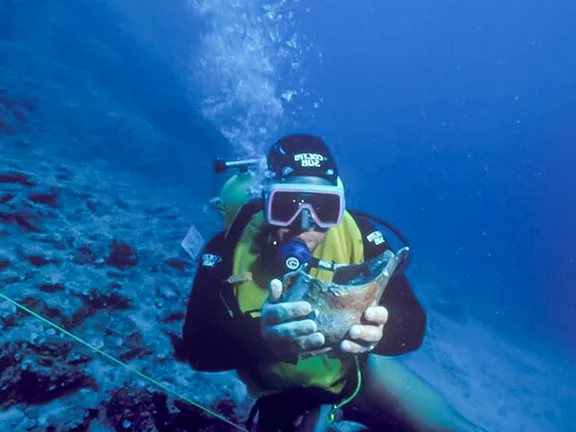 1: Dokos Shipwreck 2200 BC
1: Dokos Shipwreck 2200 BC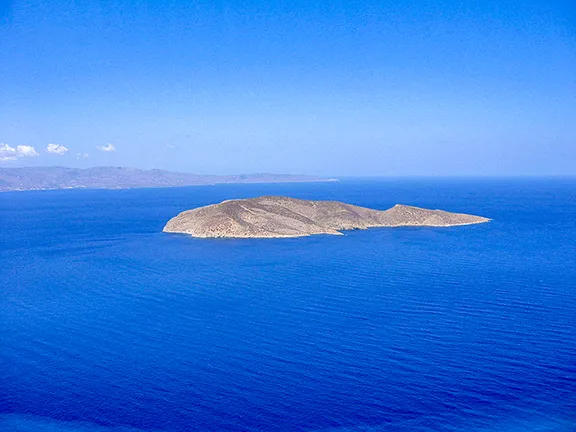 2: Pseira shipwreck 1725 to 1675 BC
2: Pseira shipwreck 1725 to 1675 BC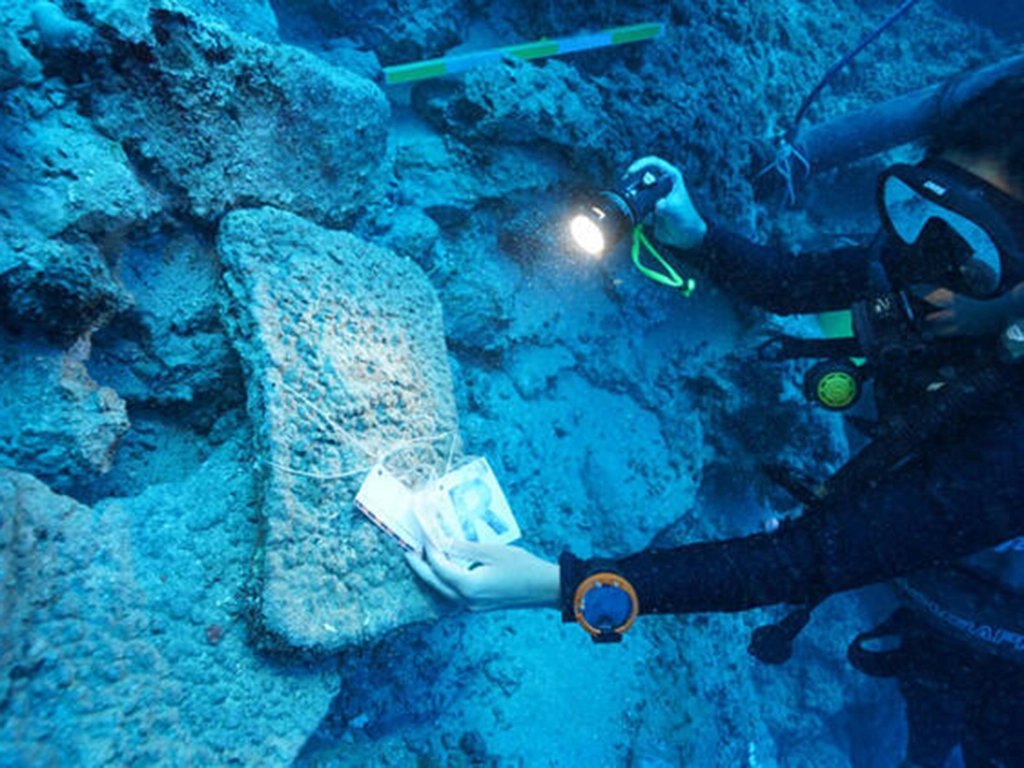 3: Kumluca shipwreck 1600 - 1500 BC
3: Kumluca shipwreck 1600 - 1500 BC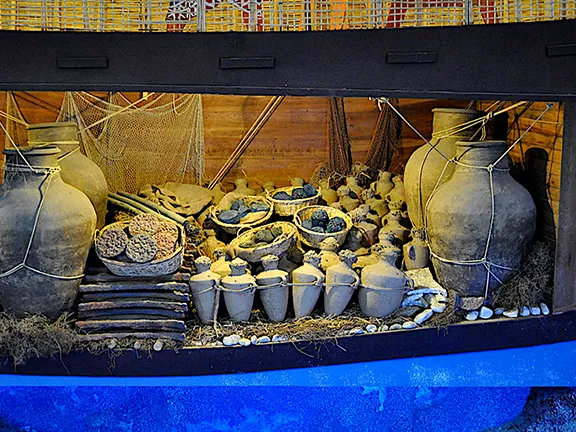 4: Uluburun Shipwreck 1335 - 1305 BC
4: Uluburun Shipwreck 1335 - 1305 BC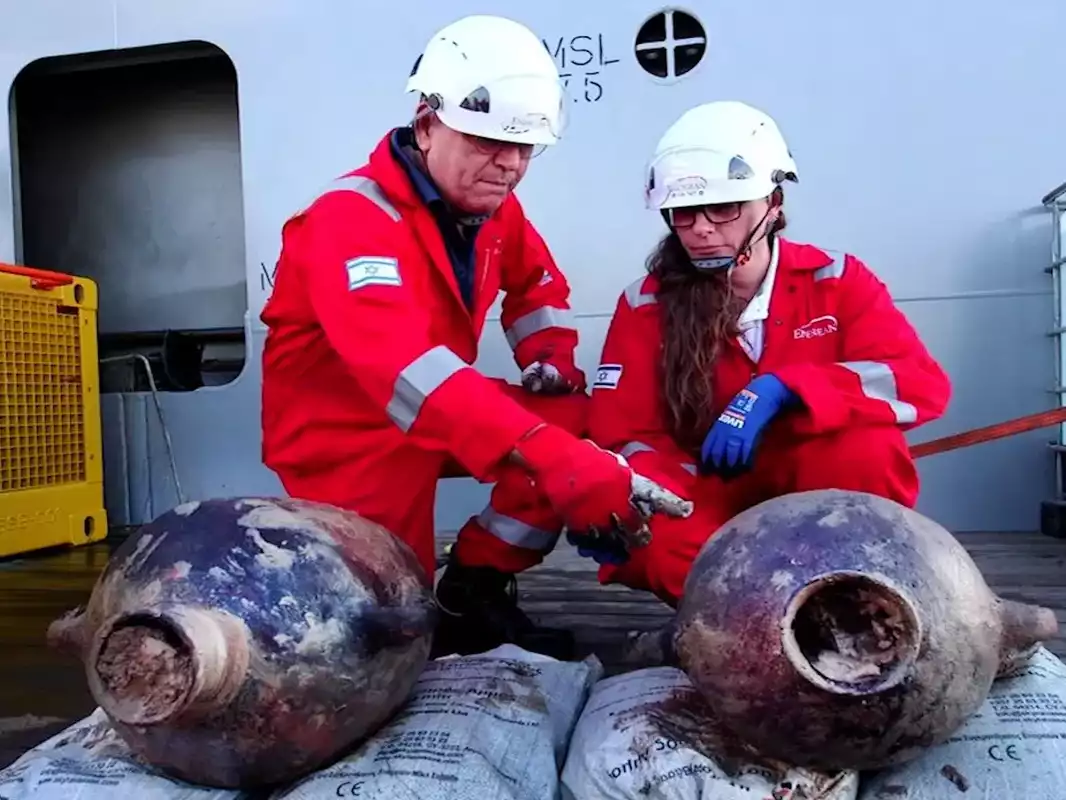 5: Deep Water Late Bronze Age Wreck
5: Deep Water Late Bronze Age Wreck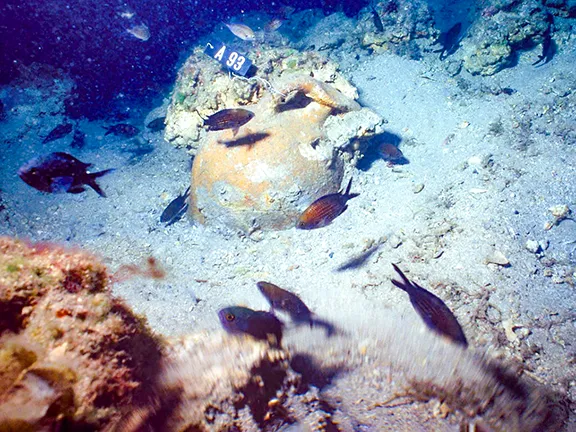 6: Point Iria Shipwreck c 1200 BC
6: Point Iria Shipwreck c 1200 BC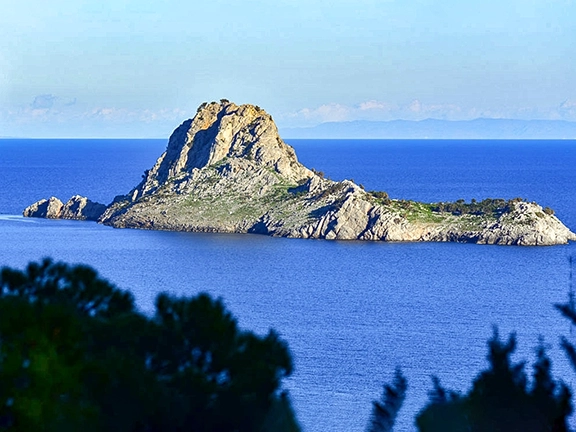 7: Modi Island Shipwreck c1200 BC
7: Modi Island Shipwreck c1200 BC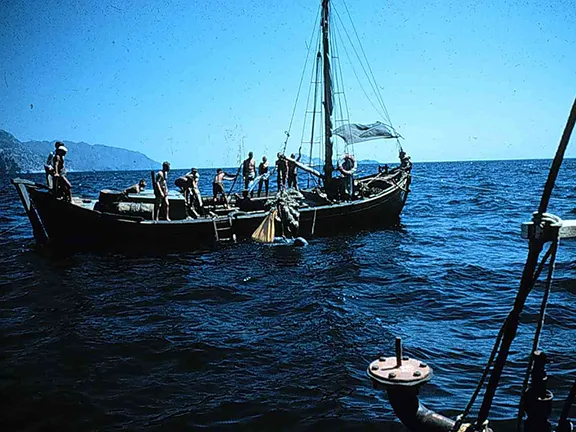 8: Cape Gelidonya shipwreck c 1200 BC
8: Cape Gelidonya shipwreck c 1200 BC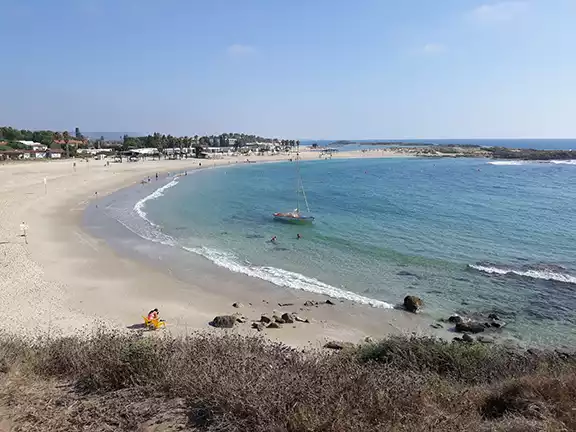 9: Late Bronze Age wrecks on the Carmel coast
9: Late Bronze Age wrecks on the Carmel coast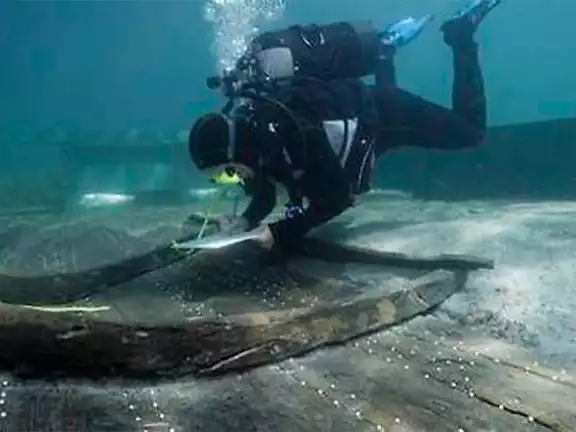 10: Bronze Age boatbuilding techniques
10: Bronze Age boatbuilding techniques